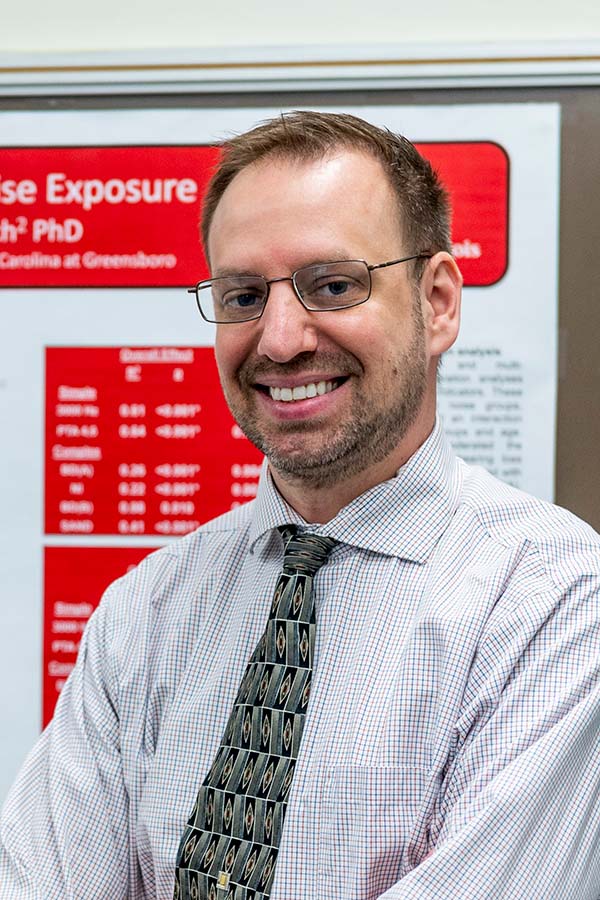Charles Pudrith

Assistant Professor
School of Allied Health & Communicative Disorders
College Health & Human Sciences
Course(s) Targeted by this Innovation
COMD 300: Introduction to Audiology
AUD 780: Medical Audiology
Purpose and Impact
I will introduce new innovative teaching methods to two classes, Introduction to Audiology (COMD 300) and Medical Audiology (AUD 780). Introduction to Audiology is required for an undergraduate degree in communicative disorders. This course teaches students about the consequences of hearing loss and the approaches audiologist use to help improve the lives of those who struggle to hear. Medical Audiology is required for a graduate degree in Audiology. This course prepares students to work collaboratively in a hospital setting. In this course, students learn genetics, pharmacology, physiology, and ear surgery techniques. The innovative teaching method that I would like to introduce will help students in both classes learn ear anatomy. Supporting this foundational topic builds a stronger base for nearly all content covered in audiology. Additionally, the graduate students would learn how to read MRIs and CT scans. Improving this skill would help audiology students when they need to discuss the impact of physical anomalies on hearing with other healthcare providers.
Description of Innovation
This innovative teaching method introduces the use of virtual reality (VR) to guide students through a VR-based active learning opportunity using 3D Organon VR Anatomy. The program runs on the Oculus Quest 2, which students would take turns to control individually while the others would watch on a projected view.
COMD 300 students will work in groups to find specific parts of the ear anatomy within a three-dimensional virtual head. They would be able to virtually pick apart the organs until they find the specific organ of interest for the assignment. AUD 780 students would work with real-world MRI and CT scans and would use the scan simulation tool in the VR headset to find a cross-section within a three-dimensional head that matches the real-world scan, then identify all of the organs in both the real-world scan and the VR cross-section.
Contact Us
Center for InnovativeTeaching and Learning
Phone: 815-753-0595
Email: citl@niu.edu
Connect with us on
Facebook page Twitter page YouTube page Instagram page LinkedIn page